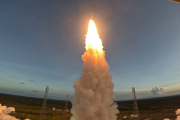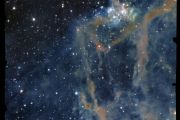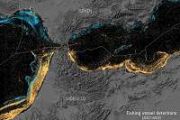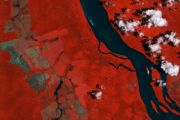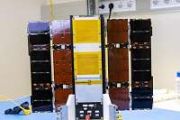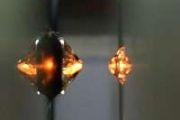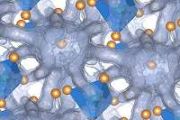
Copernical Team
NASA Revamps Contracts with Blue Origin and Starlab for LEO Station Projects Post-ISS Era
 NASA has recently updated its agreements with two prominent commercial space station partners, marking a significant step in the development of low Earth orbit (LEO) destinations. This move is pivotal as the agency prepares for the retirement of the International Space Station (ISS) in 2030 and transitions to a new era of commercial space stations.
Phil McAlister, the director of commercia
NASA has recently updated its agreements with two prominent commercial space station partners, marking a significant step in the development of low Earth orbit (LEO) destinations. This move is pivotal as the agency prepares for the retirement of the International Space Station (ISS) in 2030 and transitions to a new era of commercial space stations.
Phil McAlister, the director of commercia Private US lunar lander facing failure after 'critical loss' of fuel
 An historic private mission to land on the Moon was facing near-certain failure Monday after the spacecraft suffered a "critical loss" of fuel, in a major blow to America's hopes of placing its first robot on the lunar surface in five decades.
Fixed to the top of United Launch Alliance's new Vulcan rocket, Astrobotic's Peregrine Lunar Lander blasted off overnight from Florida's Cape Canave
An historic private mission to land on the Moon was facing near-certain failure Monday after the spacecraft suffered a "critical loss" of fuel, in a major blow to America's hopes of placing its first robot on the lunar surface in five decades.
Fixed to the top of United Launch Alliance's new Vulcan rocket, Astrobotic's Peregrine Lunar Lander blasted off overnight from Florida's Cape Canave ESA wows visitors with state-of-the-art exhibition in Paris HQ
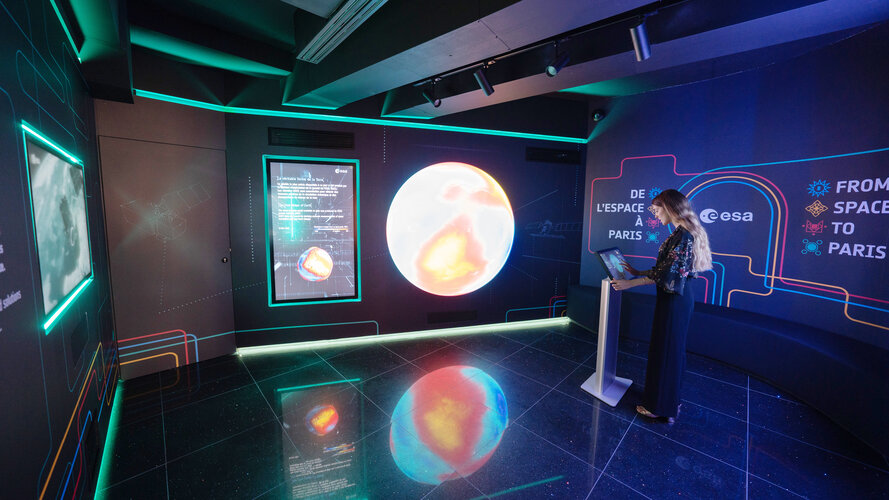
Visitors to ESA’s cutting-edge visitor centre are being captivated by virtual reality trips to the International Space Station, interactions with a globe showing Earth from space, and displays of astronaut suits, launchers and ESA memorabilia – before getting the chance to buy a souvenir from the ESA space shop.
India's Sun probe reaches solar orbit
 India's solar observation mission on Saturday entered the Sun's orbit after a four-month journey, the latest success for the space exploration ambitions of the world's most populous nation.
The Aditya-L1 mission was launched in September and is carrying an array of instruments to measure and observe the Sun's outermost layers.
India's science and technology minister Jitendra Singh said o
India's solar observation mission on Saturday entered the Sun's orbit after a four-month journey, the latest success for the space exploration ambitions of the world's most populous nation.
The Aditya-L1 mission was launched in September and is carrying an array of instruments to measure and observe the Sun's outermost layers.
India's science and technology minister Jitendra Singh said o Researchers reveal true colors of Neptune, Uranus
 The true colors of Uranus and Neptune are different than what has been commonly portrayed, according to new research from the Royal Astronomical Society released Friday.
The research shows that both Uranus and Neptune are closer to greenish blue as opposed to the deep blue hue usually associated with Neptune and the greener shade of Uranus based on images taken from NASA's Voyager 2 mis
The true colors of Uranus and Neptune are different than what has been commonly portrayed, according to new research from the Royal Astronomical Society released Friday.
The research shows that both Uranus and Neptune are closer to greenish blue as opposed to the deep blue hue usually associated with Neptune and the greener shade of Uranus based on images taken from NASA's Voyager 2 mis Navajo Nation opposes plans to send human remains to the moon
 The Navajo Nation is protesting the planned delivery of human remains to the moon as part of an unmanned lunar launch scheduled for Monday.
Navajo Nation President Buu Nygren said in a statement issued Friday that plans to deliver the cremated remains and DNA of 66 individuals aboard Astrobotic Technology's Peregrine lunar lander, set to launch Monday, would amount to the desecration of
The Navajo Nation is protesting the planned delivery of human remains to the moon as part of an unmanned lunar launch scheduled for Monday.
Navajo Nation President Buu Nygren said in a statement issued Friday that plans to deliver the cremated remains and DNA of 66 individuals aboard Astrobotic Technology's Peregrine lunar lander, set to launch Monday, would amount to the desecration of Rocket carrying American lunar lander arrives at launchpad
 Final preparations were underway Friday for the launch of the first American spacecraft to attempt a lunar landing in more than 50 years, under a new partnership between NASA and private industry.
United Launch Alliance' Vulcan Centaur rocket rolled out in the morning to its launchpad at Cape Canaveral Space Force Station, preparing for its maiden flight to blast off on Monday at 2:18 am loc
Final preparations were underway Friday for the launch of the first American spacecraft to attempt a lunar landing in more than 50 years, under a new partnership between NASA and private industry.
United Launch Alliance' Vulcan Centaur rocket rolled out in the morning to its launchpad at Cape Canaveral Space Force Station, preparing for its maiden flight to blast off on Monday at 2:18 am loc SpaceX sues to stop US hearing over fired workers
 SpaceX on Thursday went to court to try to derail a US National Labor Relations Board hearing over complaints by workers who say they were fired for criticizing chief executive Elon Musk.
SpaceX argued that the structure of the regulatory board is unconstitutional and the hearing process violates the company's right to a jury trial, according to a copy of the complaint filed in a federal cou
SpaceX on Thursday went to court to try to derail a US National Labor Relations Board hearing over complaints by workers who say they were fired for criticizing chief executive Elon Musk.
SpaceX argued that the structure of the regulatory board is unconstitutional and the hearing process violates the company's right to a jury trial, according to a copy of the complaint filed in a federal cou XRISM's first views signal shake-up for X-ray astronomy
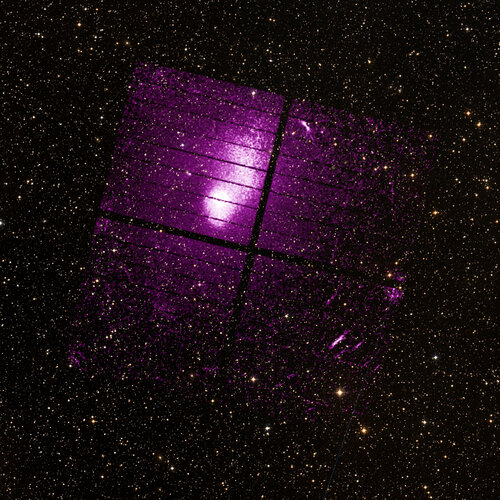
Invisible to our eyes, X-rays emitted by the hot gas that fills much of the Universe can shed light on many cosmic mysteries. The 'first light' observations of this gas by JAXA’s X-Ray Imaging and Spectroscopy Mission (XRISM) are now ready. They demonstrate that the mission will play a big role in unveiling the evolution of the Universe and the structure of spacetime.
So near, or so far?
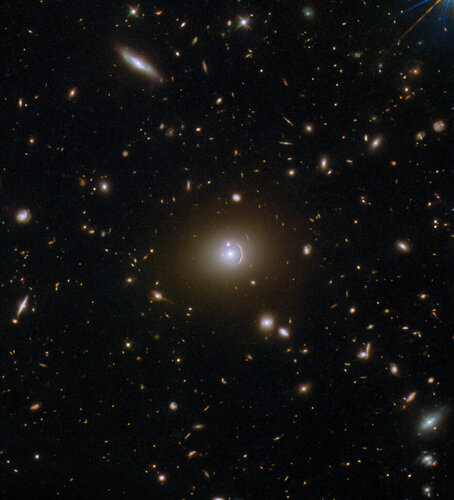 Image:
So near, or so far?
Image:
So near, or so far? 


